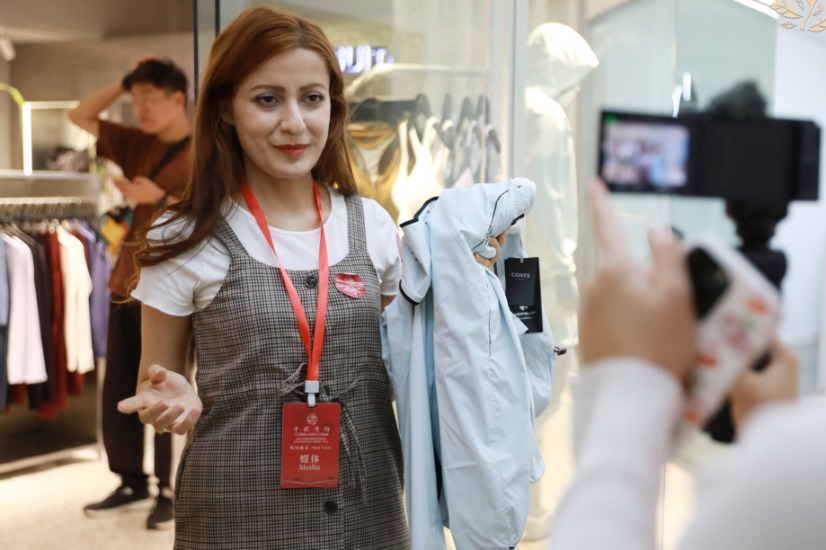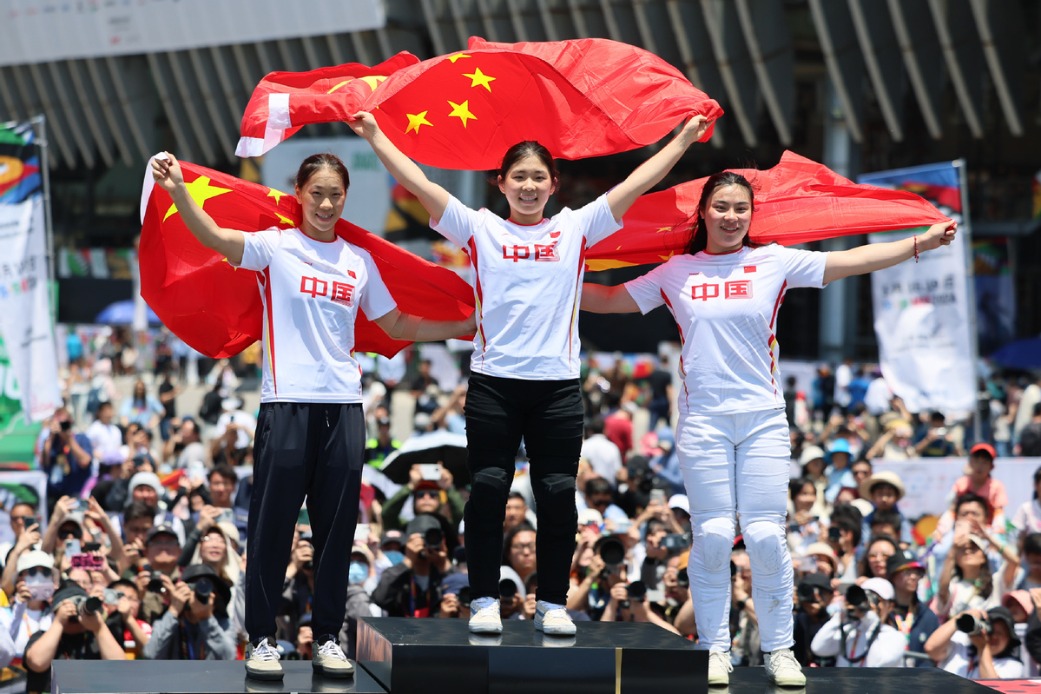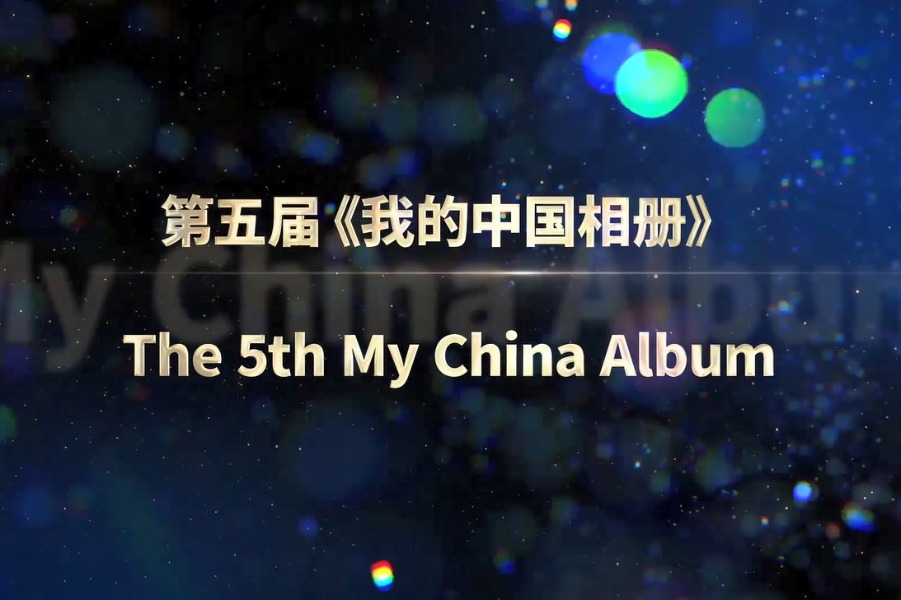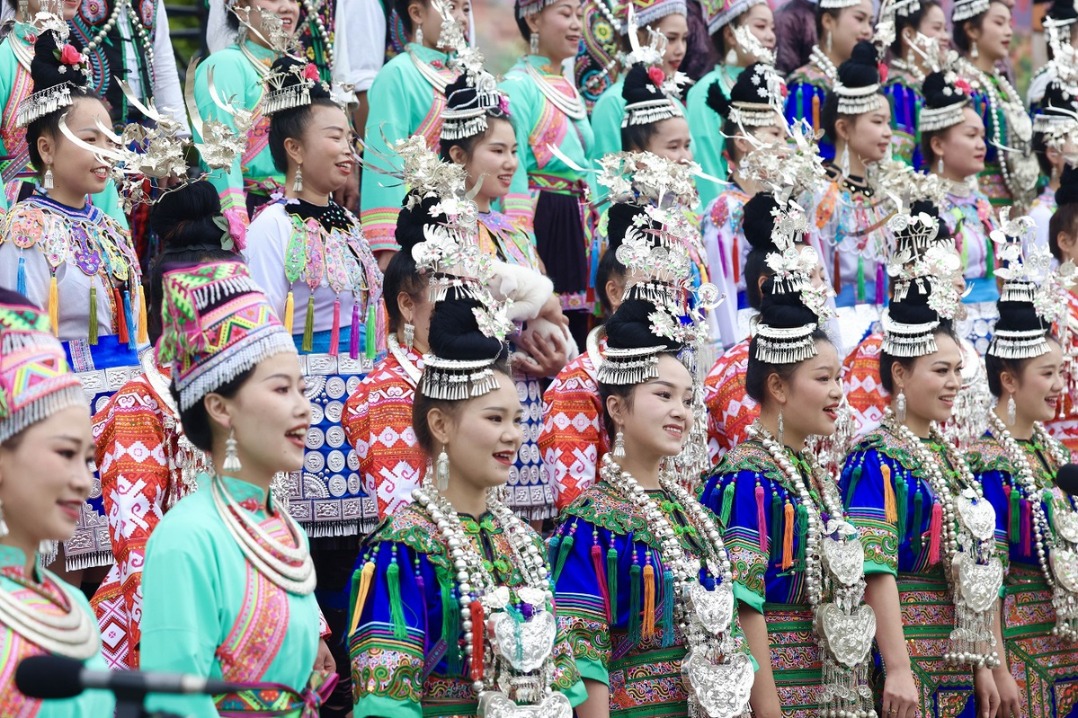Asian dominate seats in NYC elite high schools
By SCOTT REEVES in New York | China Daily Global | Updated: 2019-03-21 02:10
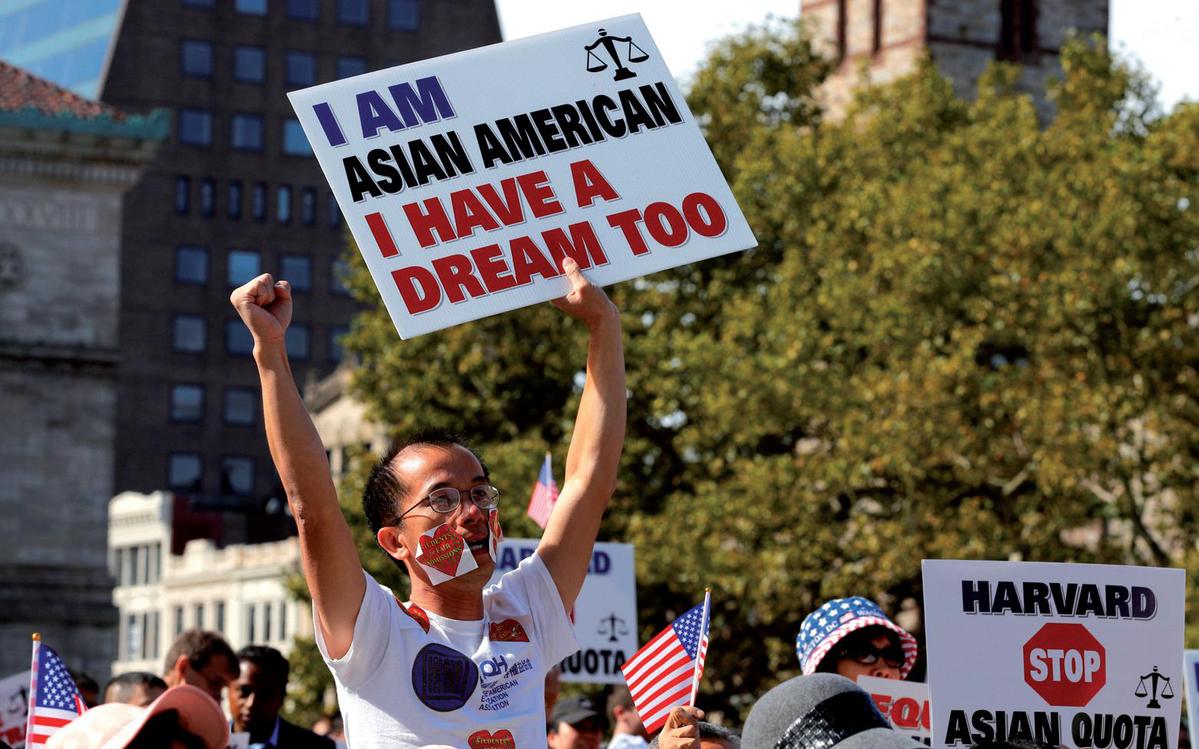
Asian students again received the largest number of admission offers to New York's elite academic high schools, intensifying the debate about the mayor's efforts to admit more black and Hispanic students on the basis of race.
At the city's eight public high schools requiring a high score on an admission test, 2,450 Asian students were offered seats, 1,368 whites, 316 Hispanics and 190 blacks, the city's Education department announced on Monday.
Of the 1.1 million students enrolled in New York City's public schools, 40.5 percent are Hispanic, 26 percent are black, 16.1 percent are Asian and 15 percent are white, the New York City Department of Education reported. The final composition of the city's elite schools won't be known until students enroll in fall.
Mayor Bill de Blasio, who believes the schools should better reflect the demographics of the city's public schools, which are nearly 70 percent Hispanic and black, said on Tuesday that the breakdown in the offered seats is "even more proof that dramatic reform is necessary to open the doors of opportunity at specialized high schools''.
"The admissions are not reflective of our city or of the many students left out who I know can compete and succeed in these schools if given the chance. Measured efforts around the edges of the problem just won't cut it," he said in a statement.
De Blasio has expanded a program known as Discovery, which offers seats at the city's eight academic high schools and free tutoring to students who miss the test-score cutoff. By 2020, school officials hope to set aside about 20 percent of the seats for students in the program. Asian parents believe the plan discriminates against their children by reducing the number of seats to students who score well on the test and by excluding some schools with high Asian enrollment from participating in the program.
Peter Koo, a member of the City Council representing Flushing, Queens and its large Asian population, said top students shouldn't be penalized because of their race.
"The best way to make sure specialized high school admissions reflect the diversity of our city is by ensuring every family — no matter their race, color or financial status — has the opportunity to prepare their child for an advanced education," Koo said in a statement. "Expanding test prep and early childhood gifted and talented programming in underrepresented school districts is a common sense first step. Increasing diversity shouldn't penalize our highest performers."
JoAnn Yoo, executive director of the Asian-American Federation, said admission to the city's elite schools should not pit racial groups against each other.
"If you look at the number of black and Latino students admitted, you realize there's a problem," Yoo told China Daily. "How did the system fail these students? Why isn't academic help available to them? There is a finite number of seats now available, so why not establish more academic schools? Why not offer the admission test on a school day rather than on a Saturday so everyone gets a shot? If we don't solve the problem, it will become more toxic. My question is basic: How do we work toward a common goal of creating excellence for all children?"
A New York state law adopted in 1971 created a "competitive, objective and scholastic achievement examination" as the sole method to admit students to what were then the city's three academic schools: Brooklyn Technical High School, Bronx High School of Science and Stuyvesant High School in Manhattan. The city has added five elite schools since Calandra-Hecht Act became law.
The three-hour admission Specialized High School Admission Test for the city's eight elite schools today tests math and verbal ability. About 28,000 eight- and ninth-grade students take the exam each year. Some students begin preparing for the exam in elementary school because admission to an academic high school strengthens their applications to the nation's top universities.
The use of race as a factor in admission — known as affirmative action — to top schools is constantly debated in the US. The controversy surrounding the racial composition of New York's elite schools comes at a time when Asian students have filed a lawsuit challenging Harvard University's admission policies and the recent scandal of rich parents bribing officials to get their children into major schools.
In a non-jury trial heard by a federal judge, students for Fair Admissions at Harvard do not argue that the university's admission officers are "evil" but that they have "fallen prey to racial stereotyping." Asian students argue that less qualified Hispanic and black students are admitted to the university on the basis of non-academic factors. The Asian students allege Harvard downgrades them on non-academic personal factors such as community involvement and has failed to develop a race-neutral admissions policy. Harvard has denied the allegations. The judge has heard the evidence but has not yet announced his decision.






